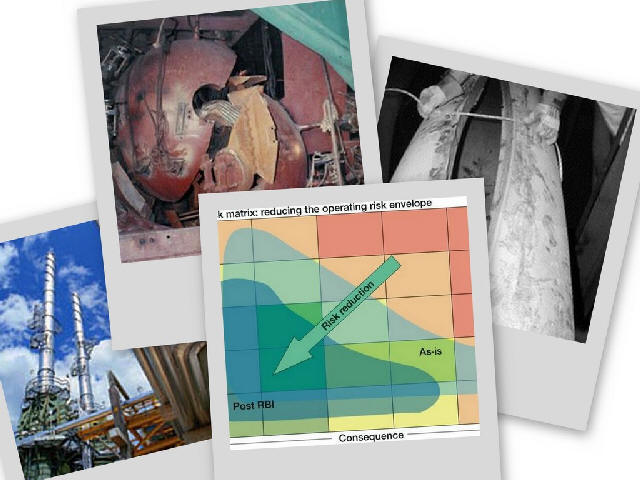|
Risk-based
inspection (RBI) uses risk analysis methods to focus tests and inspections on
process equipment in high-risk service so that potential losses in terms of
safety, environmental impacts, equipment damage, and business interruption are
minimized. Its utility is based on the rough premise that 10% of the equipment
in a process contributes 90% of the risk. Consequently, if this 10% of the
equipment can be identified, testing and inspection can be focused on it rather
than low-risk items. This approach is clearly preferable to the usual method of
treating all equipment equally, regardless of its risk contribution.

Based on
the The American Petroleum Institute (API) specification Metserve has developed an RBI
software-approach. The technique looks at both the likelihood of failure as well as the
associated consequence for each piece of equipment. RBI is used to focus
inspections and resources on those equipment items that have the greatest
likelihood and consequence of failure.
|



